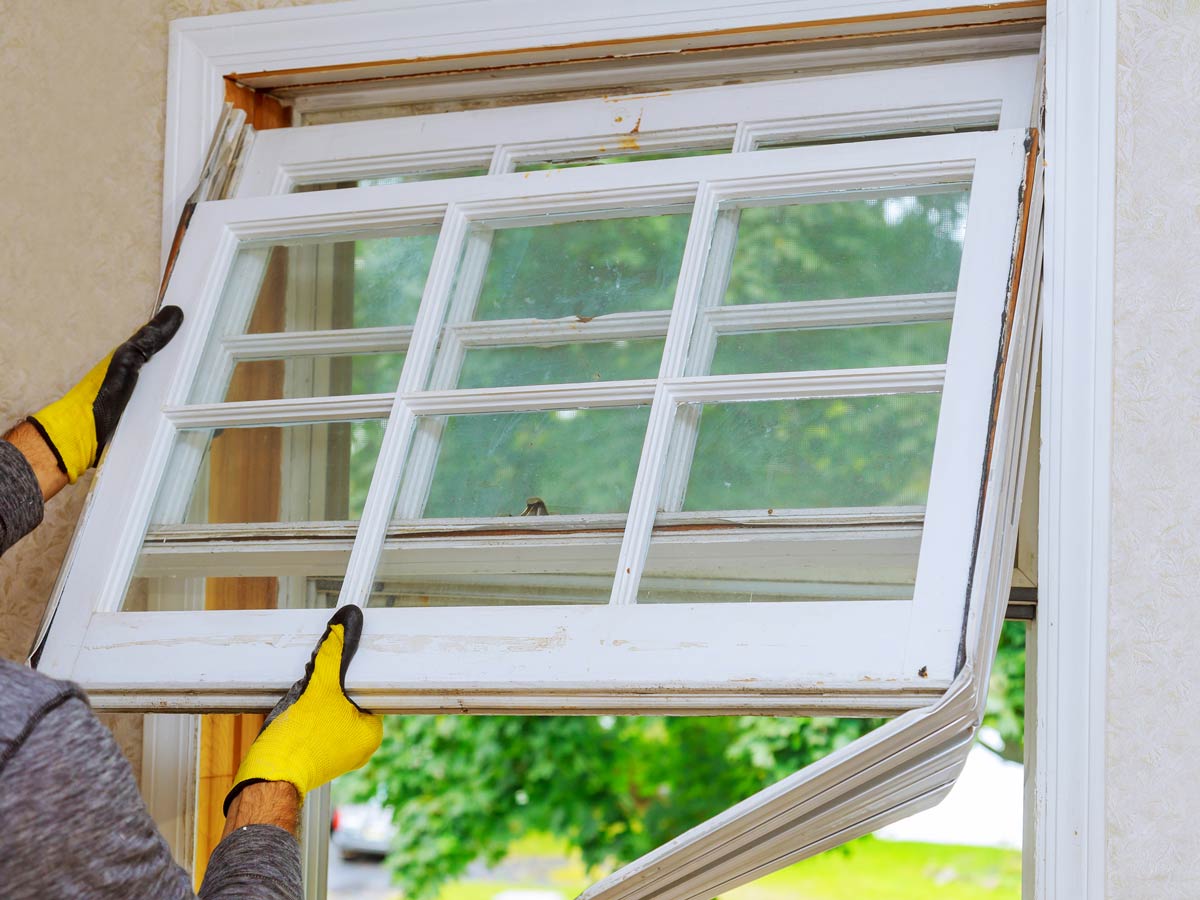
Weather building a new home or remodel here are few ideas that could save you money in short and long term not to mention increase in the resale value. Eco friendly home improvements are a real win-win. Who doesn’t love saving money and the environment at the same time so to get started pick one or two ideas and apply in your home.
1. Solar energy is there for anyone to use weather geothermal or solar panels could add great value and save our environment from burning fuel or be 100% reliable on electricity. Luckily, there are a number of Government sponsored rebates and programs in place to offset the cost of your solar panels. And when you combine them with the 50 to 70% decrease in price compared to 2010, it’s more affordable than ever to switch to green energy.
3. With an omni system like Nest or Elobee smart thermostat could adjust energy consumption based on learning of your use and need. Most modern HVAC systems are compatible with smart thermostats as long as they have a C-wire (common wire). If your existing thermostat doesn’t have a C-wire, you may need the help of an electrician to run a cable from the HVAC unit to the new panel.
1. Solar energy is there for anyone to use weather geothermal or solar panels could add great value and save our environment from burning fuel or be 100% reliable on electricity. Luckily, there are a number of Government sponsored rebates and programs in place to offset the cost of your solar panels. And when you combine them with the 50 to 70% decrease in price compared to 2010, it’s more affordable than ever to switch to green energy.
3. With an omni system like Nest or Elobee smart thermostat could adjust energy consumption based on learning of your use and need. Most modern HVAC systems are compatible with smart thermostats as long as they have a C-wire (common wire). If your existing thermostat doesn’t have a C-wire, you may need the help of an electrician to run a cable from the HVAC unit to the new panel.
4. Cannot safe energy with older doors and windows ? Consider options to replace or at minimal seal doors and windows. The biggest source of energy loss is the window glazing. The amount of heat transmittance is measured by the window’s U-value (lower is better), with thicker glazes forming a better barrier between inside and outside.
5. Less energy consumption goes hand in hand with installing tankless water tank which are heated by gas or electricity. Europeans mastered this and water heaters are small they are placed in the kitchen cabinets and/or bathrooms . Gas-powered tankless water heaters can last 20 years or more, which is double the lifespan of traditional tank heaters.
6. It seems like just yesterday that we were all rushing out to swap our old incandescent bulbs for CFLs. But there’s a new energy-efficient bulb in town, and it’s the LED. Bulbs have triple the lifespan of CFLs–25,000 hours vs. 8,000 hours–and are cheaper to power. Plus, they come in all sorts of shapes, sizes, and even multi-color options. And unlike CFLs, they don’t contain any hazardous chemicals that require special disposal once they burn out.
7. I never thought this is a good energy saving but low flow or dual toilets will could cut in half gallons used per flush. Japanese are master at this with tech toilets could find videos galore. Toilets are one of the biggest water wasters in our homes. If your toilet was made before 1992, it could be using up to 3.5 gallons of water per flush! Today’s standard toilets are required to use no more than 1.6 gpf. However, you can cut that water usage in half with a few eco friendly home improvements. One option is to swap your dated toilets for low-flow versions (a.k.a. high-efficiency toilets), which use around 1.3 gallons per flush. You could also choose to install dual flush toilets instead. These toilets give you the option of a standard 1.6 gpf flush or a 0.8 gpf flush.
8. Who knew there are sustainable lawns which some owners might consider given the global warming and heat/droughts. No sprinkler systems required, not more yellow grass; wonder how they do they have peaceful oasis in Texas ? Xeriscaping is a type of landscaping that requires little to no water aside from rainfall. It uses a mix of drought-resistant vegetation with soil, rocks, mulch, and pavement to dramatically lower or remove the need for irrigation. Running a sprinkler system takes an immense amount of water. A 10’x10’ area of lawn requires over 60 gallons of water per week in dry conditions.
9. Nevertheless, roof is like umbrella or hat for your home. Better protection and cost savings for your home maybe tiles, metal or slate roof.
